EC2U Climate Walk Jena
A self-guided walking tour on urban heat islands and climate adaptation
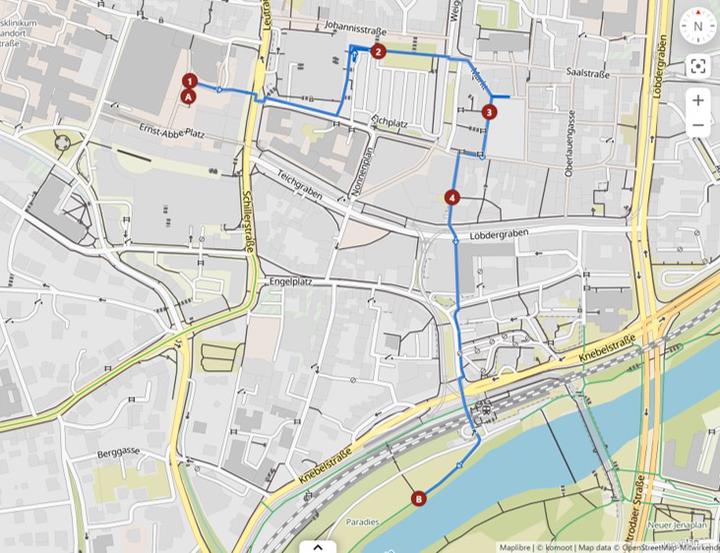
Welcome to the Climate Walk, a guided tour through the city of Jena, offering insights into urban climate and adaptation strategies. The walk was developed in 2023 by Pascal Schlechtweg, a PhD Candidate, and Svenja Hoffmann, a Master’s student, both from the Department of Geography at Friedrich Schiller University Jena. The project is part of the European university alliance EC2U and its Virtual Institute for Sustainable Cities and Communities. Daniel Knopf, Jena’s Climate Adaptation Coordinator, supported the Climate Walk with his valuable expertise. The tour is also available in German.
This walking tour is available in Komoot, where you can also download it to your smartphone…
Understanding urban climate is crucial as the world’s population is projected to reach 11 billion by 2100, with over half residing in urban areas. This rapid urbanization causes local changes in land cover and energy balance, leading to unique urban climates. Heat-related deaths are a growing concern, with 15,000 reported in Europe in 2022. Cities, including Jena, face higher vulnerability to heatwaves, impacting public health. Jena, a university city, lies in the Saale valley in the middle of Germany. Its elevation of 140 meters distinguishes the city center from surrounding hills reaching heights of 400 meters. With a warm, temperate climate and continental conditions, Jena experiences milder temperatures (averaging 10.3°C) and lower precipitation (587 mm) than the national average. This unique climate has earned Jena the nickname “Tuscany of the East.” Jena faces the challenge of adapting to the changing climate while also addressing the growing demand for housing options. The limited space available in the valley necessitates careful urban planning and innovative solutions to ensure a sustainable future for its residents.
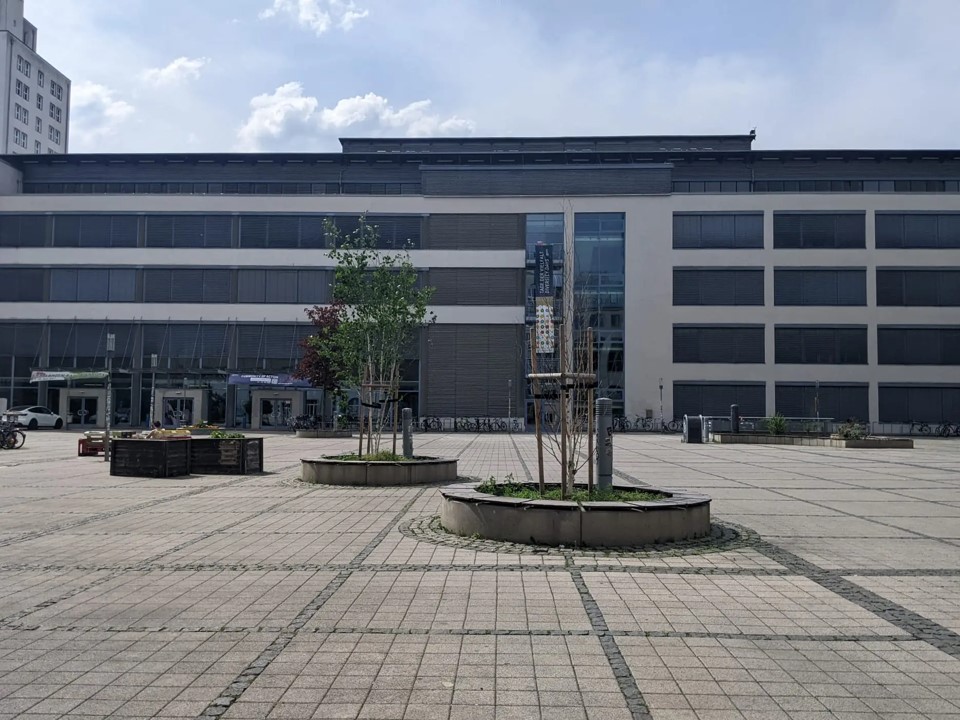
Figure 1: Ernst Abbe Campus. Photograph © Svenja Hoffmann
Ernst-Abbe Campus – Urban Heat Island
At the Ernst Abbe Campus you explore the formation of an urban heat island (UHI). UHI refers to the phenomenon that urban areas experience higher temperatures compared to their surrounding rural areas. Figure 2 shows the average number of summer days (maximum temperature exceeds 25°C) per year in Jena. The city centre and the industrial area in the north experience more summer days (up to 60 days annually). In contrast, the surrounding areas exhibit a more moderate climate (up to 20 summer days/year).

Figure 2: Average number of summer days per year in Jena. Map © 2012 ThINK GmbH / Kurmutz et al.
Key factors that contribute to the UHI:
- Geographic factors: Geographic location, topography, and relief.
- Meteorological conditions: During autochthonous weather conditions (sunny days without wind, occurring approximately 1 out of 5 days in Jena), the UHI is particularly strong due to high radiation and limited exchange of warm air masses. Microclimate plays an even more important role.
- Urban/ morphological factors: The landcover in urban areas (imperviousness, lack of vegetation) reduces evapotranspiration and the cooling effect it provides. Impervious surfaces, such as paved streets, absorb and retain heat. The surface exposure of roofs, facades, and ground to the sun influences absorption and reflection of radiation. Physical and thermal properties of materials (albedo, emissivity, heat capacity…), impact the urban climate. Aerodynamic properties (roughness), influence wind flow.
- Anthropogenic heat: Sources like traffic, waste heat from air conditioning systems, and industrial activities contribute to the UHI.
Figure 3 shows the Physiologically Equivalent Temperature (PET) on July 20th, 2022, the hottest day in this year, at 2 pm, (16% humidity, 2.1 m/s wind speed, 39°C measured air temperature). PET describes outdoor thermal comfort, considering factors such as air temperature, humidity, wind speed, and shading.
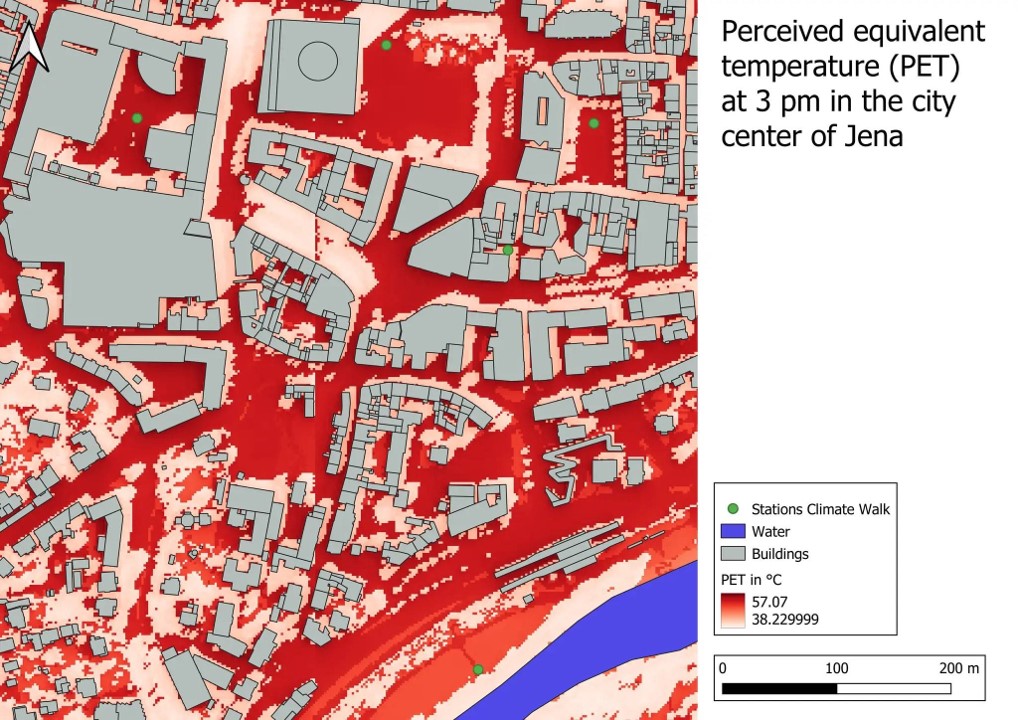
Figure 3: Physiologically Equivalent Temperature (PET) on July 20th, 2022, the hottest day in this year, at 2 pm, (16% humidity, 2.1 m/s wind speed, 39°C measured air temperature). Map © Svenja Hoffmann
Focusing on the Ernst Abbe Campus, we can observe PET values around 55 degrees. A survey, conducted by the geography department under the leadership of Dr. Susann Schäfer, revealed that this location is the second most avoided spot during summer days. Several factors contribute to the high temperatures experienced here:
- Lack of vegetation: Only some small trees, which results in minimal evapotranspiration and inadequate shade.
- Impervious ground: Prevalence of asphalt and stone materials leads to heat absorption.
- Tall buildings: They impair wind flow, impeding the exchange of warm air masses.
- Limited shade: Only in the morning and afternoon from buildings. Similar characteristics as here can be observed in other parts of the city, contributing to increased warming.
During the night, the UHI persists as buildings and artificial materials store the heat accumulated during the day, releasing it at night. This phenomenon can result in “tropical” nights, where temperatures do not fall below 20°C, posing health risks, particularly for vulnerable groups (elderly, infants, and socioeconomically disadvantaged individuals).
However, Jena benefits from cold air flows during the night (Figure 4) due to the topography. Air cools over open spaces and flows downward, following the natural gradient towards the city. Unfortunately, close to the surface in urban areas, the influence of this cold air is minimal due to the high resistance caused by buildings and other urban structures. While the cold air flow does provide some cooling, the city still retains higher temperatures compared to the surrounding areas.
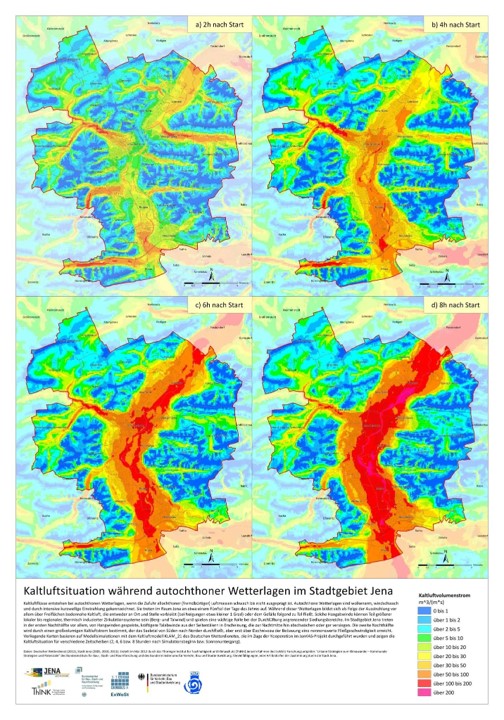
Figure 4: Cold air flows in Jena during the night. Map © 2012 ThINK GmbH / Kurmutz et al.
In summary, the UHI effect is influenced by regional-scale climate and weather conditions, which are beyond our control. However, we can positively influence urban structures, land cover, and anthropogenic heat emissions through effective urban planning and efforts to minimize emissions.
Eichplatz — Building and Living
So now you might ask: How does one prepare a city for climate change? It begins with assessing the vulnerability of the city to identify areas and sectors that are most at risk. The next step is to develop a climate action/adaptation plan in collaboration with local government, community, stakeholders, and experts. This plan outlines goals and strategies for adaptation and mitigation. In this plan, the city provides among other things guidelines for increasing the thermal comfort of its residents. It includes measures such as preserving and promoting green and blue infrastructure throughout the city, incorporating green spaces on roofs and facades, creating air exchange paths for cold and fresh air, implementing shading systems, using low-albedo materials in construction, and improving insulation for better thermal indoor comfort and reduced reliance on air conditioning.
Jena has developed such a plan, which brings us to our current location. Right in front of you, you can see the Eichplatz, an area that has been a subject of political and environmental conflict for many years. Surveys conducted during the development of the city’s climate action plan revealed that the Eichplatz was the most avoided place in Jena during hot summer days. The Eichplatz, a significant area in Jena, is undergoing a major transformation. Through extensive planning involving public participation, a comprehensive redevelopment plan has been devised. The construction work is scheduled to commence by the end of 2023, and the plan incorporates numerous climate adaptation features:
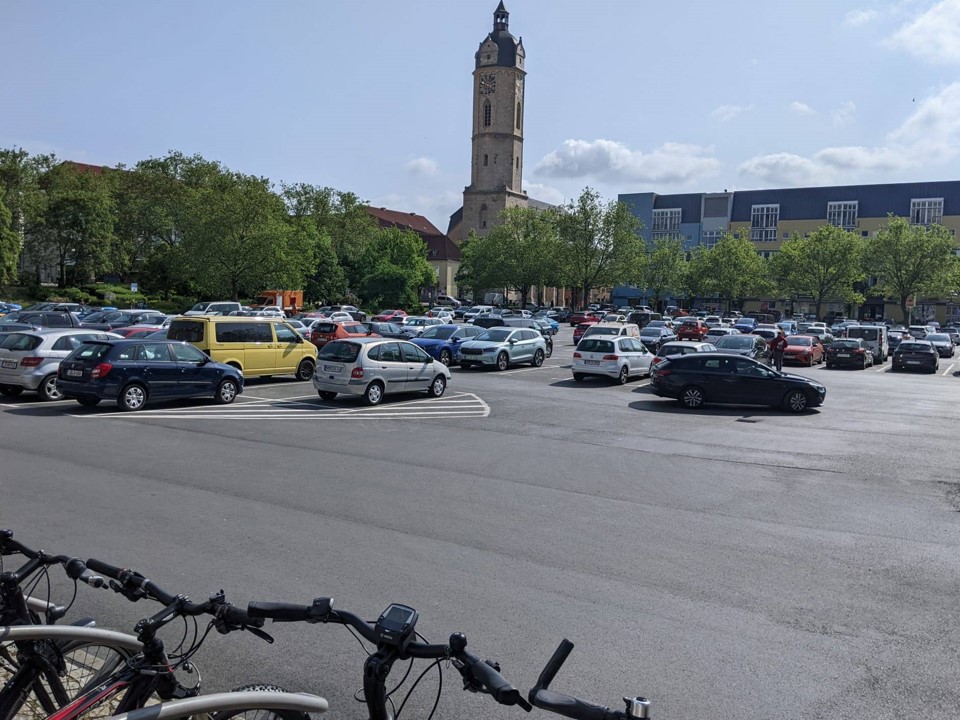
Figure 5: Eichplatz in 2023. Photograph © Svenja Hoffmann
The centrepiece of the new Eichplatz will be three high-rise buildings. Constructing taller buildings enables efficient land utilization, which is particularly advantageous in the spatially limited Saale valley. Moreover, the tall structures will provide ample shade, offering relief from the sun’s heat. Alongside the high-rise buildings, several buildings with four to five floors will be constructed, and some of them will feature green roofs. These green areas will serve as pleasant interludes amidst the built environment. Additionally, the existing small green park adjacent to the Eichplatz will be preserved. This plan is still under discussion and development. While a water stream running through the middle of the place would have been a desirable addition, it was deemed economically unfeasible and, will not be implemented. As the current parking lot will no longer exist, an underground car park will be constructed to accommodate parking needs in the area.
Overall, the revitalization of the Eichplatz represents a plan that tries to integrate climate adaptation measures, offers architectural diversity, and preserves some green spaces amidst the urban landscape. However, it’s important to note that land-use planning often involves conflicts when addressing both climate adaptation and the growing needs of a city, such as housing, services, offices, retail, and hotels. In this regard, the project was thoroughly assessed for climate compatibility. The construction is still under discussion and development.
Market Square
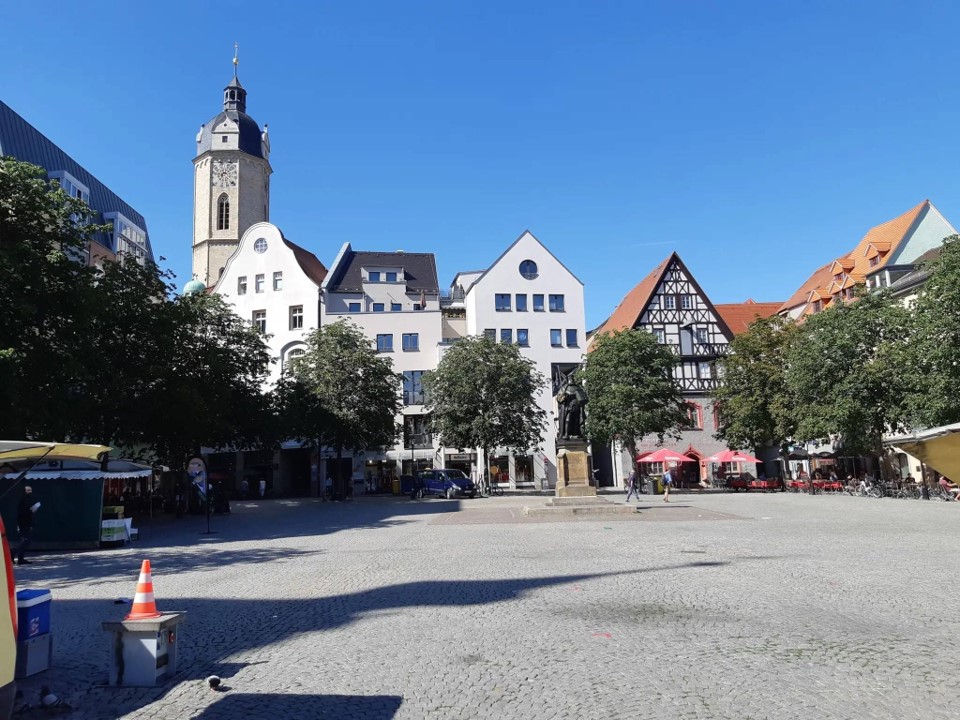
Figure 6: Jena's market square, or Markplatz. Photograph © Svenja Hoffmann
Welcome to the market square, where we present the urban tree strategy. This innovative guideline provides recommendations for selecting the ideal trees to be planted in various locations. Jena took the lead by incorporating climate change considerations into its urban tree strategy as first city in Germany. Research was conducted, encompassing tree species that are already present in Jena, as well as tree species from North American and Asian cities that already experience warmer climatic conditions. The selection process focused on identifying trees that would provide the most expansive shade in around 50 years. However, it is important to note that climate alone is not the sole criterion for determining which trees to plant. The maintenance requirements of each tree, the size of their roots and other factors were also considered. In areas where the streets and under-ground carparks are situated (though not applicable to the market square, but for instance, at Ernst Abbe Campus), trees with excessively large roots could cause damage. Fruits on these trees was another aspect carefully evaluated. While fruits can provide an aesthetic and ecological value, it was crucial to consider the practicality of managing fallen fruits, ensuring that the ground remains clean.
The trees surrounding the market square are a special species of chestnut called Aesculus carnea. During spring, they display stunning colors, but they require artificial watering in summer.
A Pocket Park

Figure 7: A pocket park in Jena's city centre. Photograph © Svenja Hoffmann
The concept of climate comfort islands was developed within the framework of the model project “Green Climate Oases in Jena’s Urban Space”. The underlying idea is to establish a cohesive network of these islands, connecting the existing green infrastructure throughout the city. In the end, every citizen of Jena should be able to reach one of these climate comfort islands within five minutes walking distance. The so-called pocket park where you are currently standing is a project co-funded by the Sparkasse, a financial institute, and the city. Primarily designed as retreats for people strolling the city on hot days, these pocket parks offer respite from the urban environment. They play a vital role in mitigating the urban heat island effect by reducing surface temperatures, cooling the surrounding air, and improving air quality. These actions create a more comfortable microclimate and contribute to reducing the risk of heat-related stress among residents.
Beyond the immediate benefits, the establishment of these pocket parks also leads to improved water and runoff management. Green spaces assist in retaining and filtering rainwater, contributing to sustainable water practices. Moreover, they contribute to biodiversity enhancement by providing habitats and food sources for various animal, insect, and plant species. The greening of facades in these parks serves to protect buildings from excessive heat absorption. Climbing plants with their foliage effectively reflect radiation in different directions, preventing the structures from heating up excessively. The tree in the middle and the surrounding buildings give shade. It is also planned to build a drinking water fountain in this location. The city of Jena has examined approximately 500 locations to determine their potential as climate comfort islands. Among these spots, around 120 show promise, although only a few have been realized thus far.

Figure 8: Information panel in a pocket park in Jena's city centre. Photograph © Svenja Hoffmann
Paradise Park
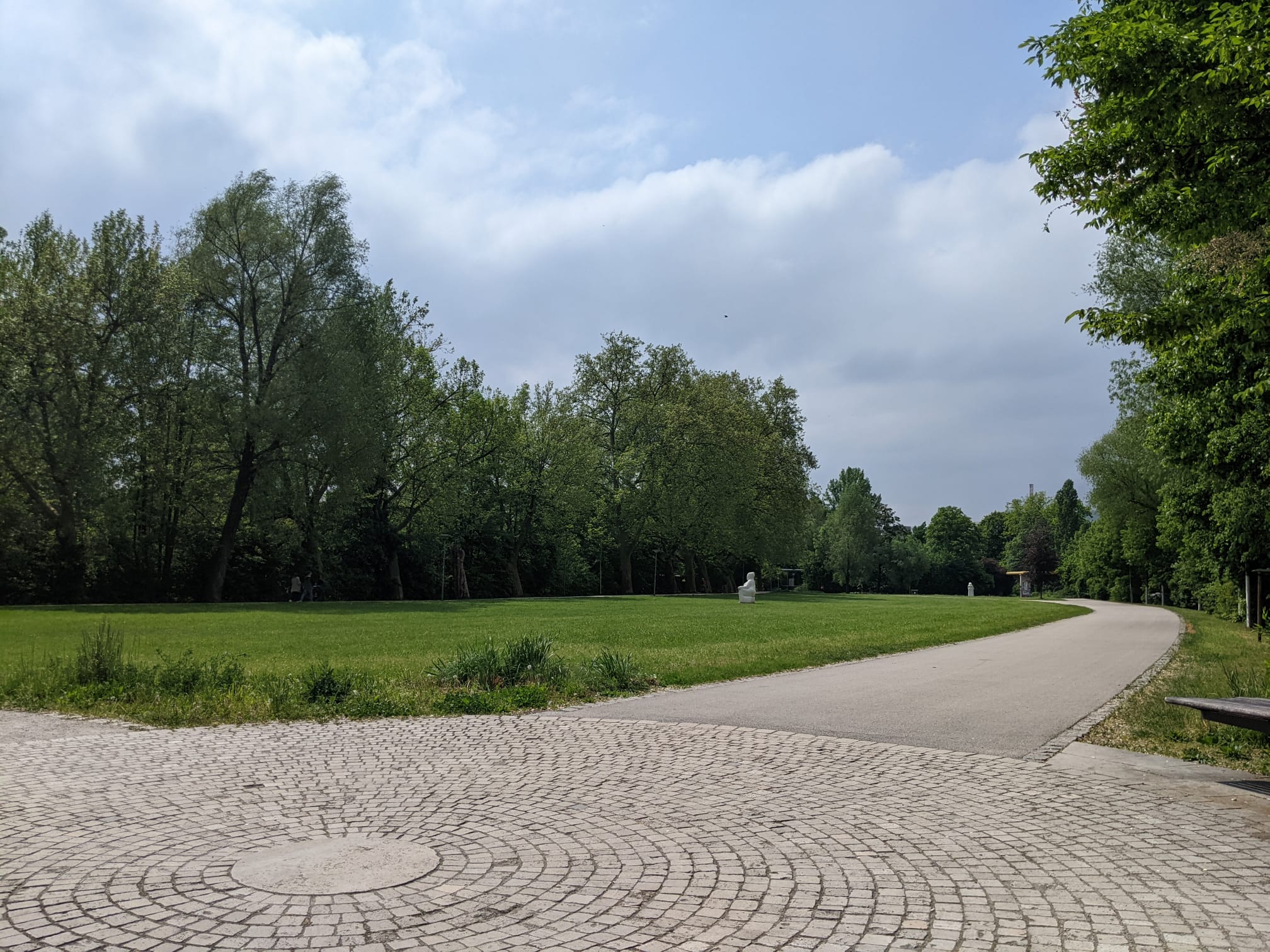
Figure 9: In Paradise park, close to the Saale river in Jena's city centre. Photograph © Svenja Hoffmann
At the final stop of our EC2U Climate Walk, we find ourselves in Paradies Park, which is the largest continuous urban green space in Jena. Parks and water areas play a crucial role in combating the urban heat island effect. In densely built areas of Jena, where green and blue spaces are limited, intrinsic cold air formation is scarce, apart from areas along the Saale River and larger inner-city green spaces like the Botanical Garden. During the daytime, vegetation and water areas exert a cooling effect on the urban climate through evaporation and shade, effectively lowering the ambient temperature and mitigating the urban heat island effect. The phenomenon of the “urban park breeze” facilitates the exchange of air and contributes to cooling in adjacent residential areas, resulting in temperature reductions ranging from 1.5 to 4.5°C.
However, the extent of this cooling effect heavily depends on the size of the green space and the surrounding building structure. The benefits for the surrounding buildings in terms of relief are relatively limited due to structural barriers, such as railway embankments next to Paradies park. As a result, cold air tends to accumulate within the park area, forming locally cooler zones and being trapped there.The local climatic benefits of these green spaces are particularly enjoyed by park users, making Paradies Park one of the most popular areas in Jena for recreational activities, especially during hot days.
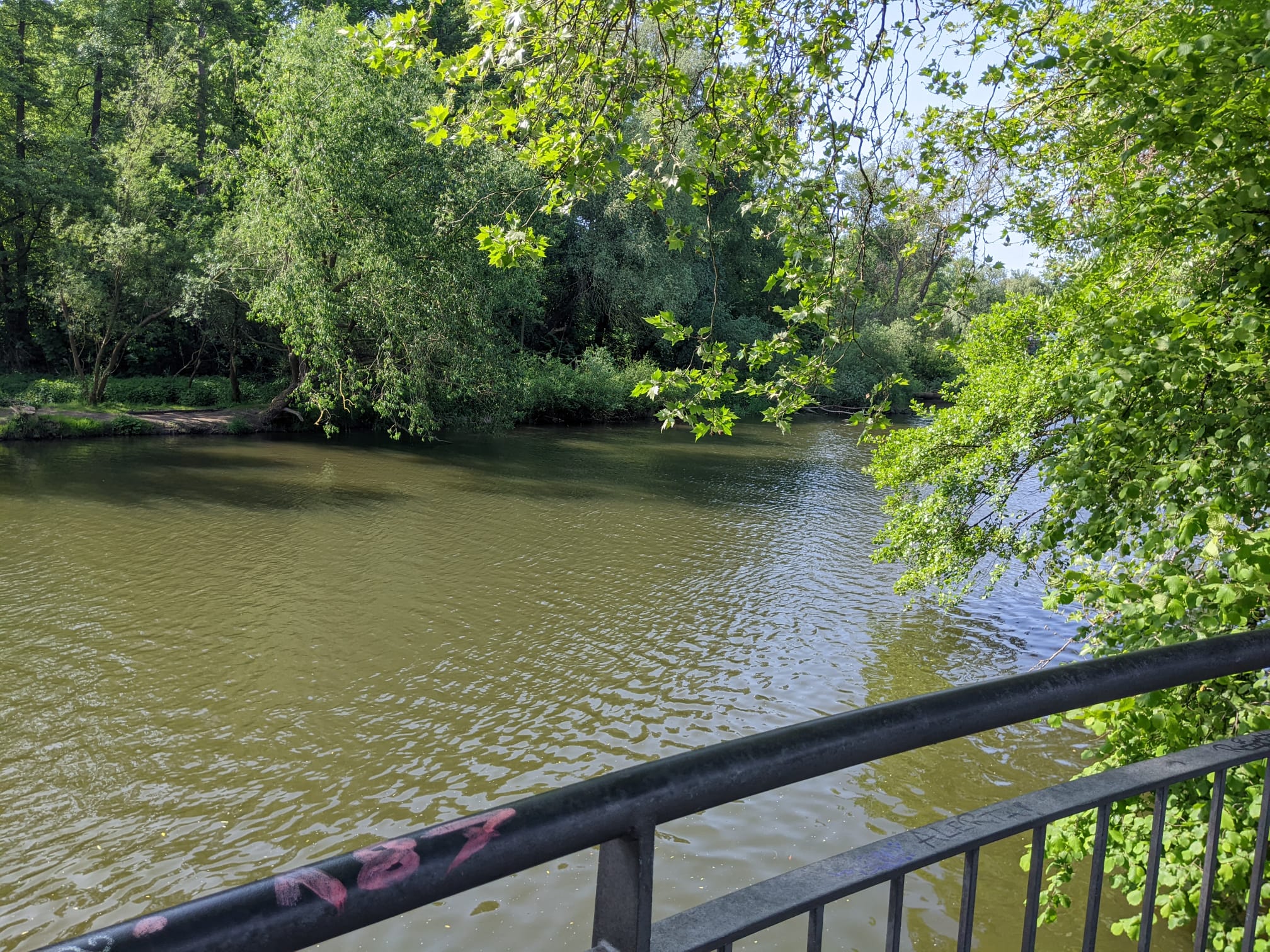
Figure 10: The Saale river in Jena's city centre. Photograph © Svenja Hoffmann
Wrap-up
The purpose of this walk was to provide you with a comprehensive understanding of urban climate, its distinct characteristics, and the implications it poses. Through the example of Jena, we aimed to demonstrate how cities adapt to and mitigate the effects of climate change on urban structures, while also highlighting the challenges associated with these efforts. In general, we highly recommend further exploration of the city and encourage you to pay attention to your surroundings. Places such as the Botanical Garden and university facilities often offer publicly accessible green spaces that contribute to climate adaptation. Additionally, taking a hike in the surrounding hills not only provides a breathtaking view but also offers insight into the city’s relationship with its natural environment.
As the walk concludes, we encourage you to reflect on your own city and its initiatives regarding climate adaptation and mitigation. Consider what steps are being taken to address the challenges posed by climate change and how your city is promoting sustainable practices and the preservation of green spaces. By understanding these efforts, you can contribute to the collective goal of creating more resilient and environmentally conscious urban environments.
Image Sources and Links
- The walking tour is available in Komoot.
- Featured map: Komoot / OpenStreetMap contributors
- ThINK GmbH / Kurmutz et al. 2012, pages 21 and 34.
- All other maps and photographs: Svenja Hoffmann